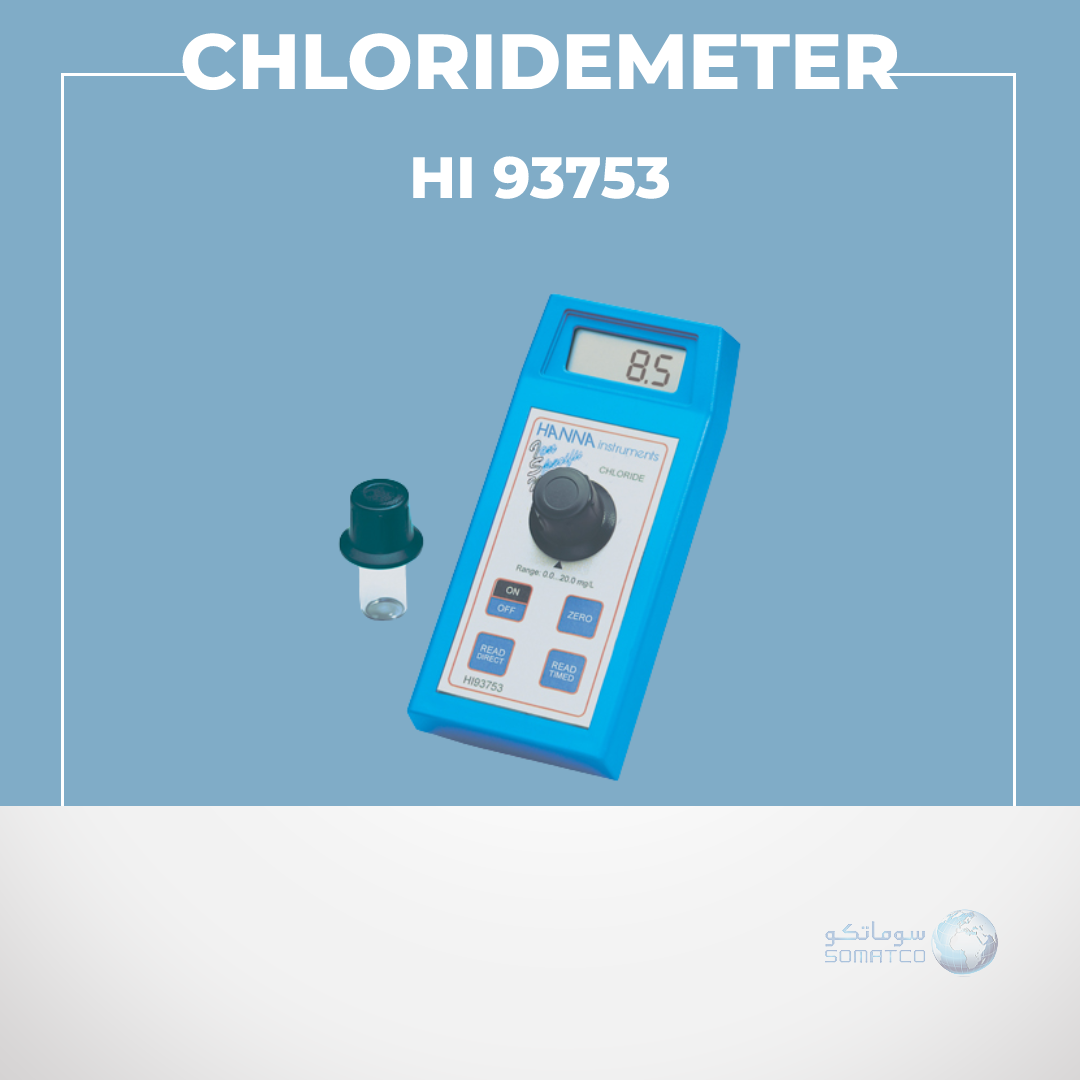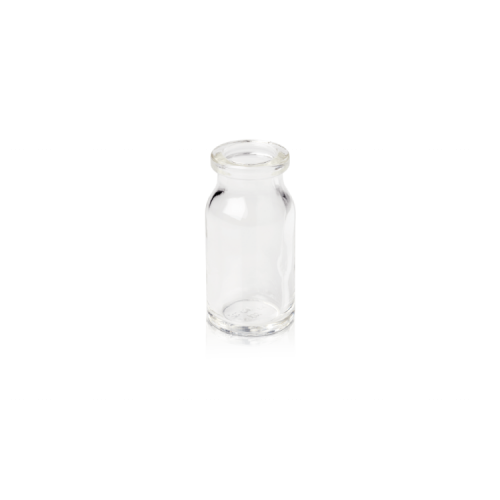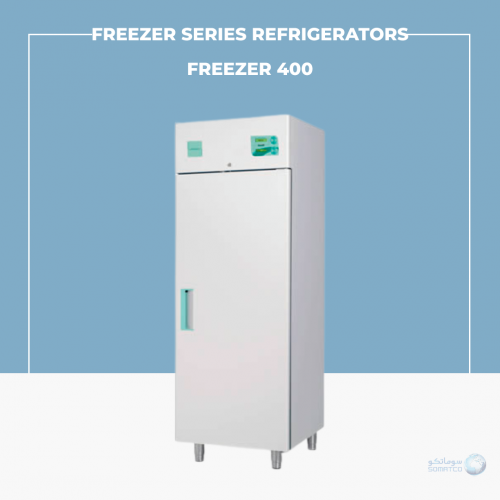Description:
Chloride ions are one of the major inorganic anions in water and wastewater.
Although high concentrations of chloride in water are not known to be toxic to
human, its regulation is mainly due to adverse effects on taste. It is essential to
monitor chloride concentrations in boiler systems to prevent metal parts from
being damaged. In high levels, chloride can corrode stainless steel.
The level of chloride concentrations in boiler and cooling towers varies from small
quantities to very high levels. Furthermore high levels of chloride can be toxic to
plant life.
Drinking water: Chloride is a common non-toxic material present in small amounts
in drinking water and produces a detectable salty taste at the aesthetic objective
level of 250 mg/L (limit referred to the EPA Maximum Contaminant Level [MCL]).
Measured levels are normally under 20 mg/L (ppm).
Specifications:
|
Range
|
|
0.0 to 20.0 mg/L
|
|
Resolution
|
|
0.1 mg/L
|
|
Accuracy
|
|
±0.5 mg/L ±6% of reading
|
|
Light Source
|
|
LED 470 nm
|
|
Light Life
|
|
Life of the instrument
|
|
Light Detection
|
|
Silicon Photocell
|
|
Battery Type / Life
|
|
1 x 9V / approx. 40 hours of continuous use;
auto-off after 10 minutes of non use
|
|
Environment
|
|
0 to 50°C (32 to 122°F); RH max 95% non-condensing
|
|
Dimensions
|
|
180 x 83 x 46 mm (7.1 x 3.3 x 1.8″)
|
|
Weight
|
|
290 g (10 oz.)
|
|
Method
|
|
Adaptation of the Mercury (II) thiocyanate method.
The intensity of color is proportional to the chloride ion
concentration
|









Reviews
There are no reviews yet.